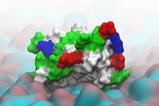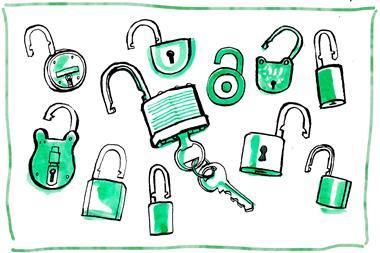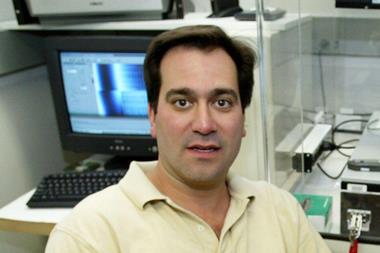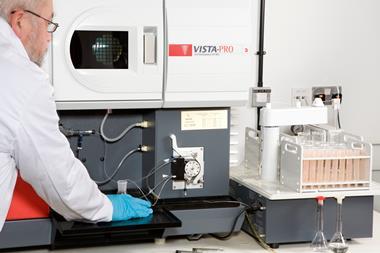Unacknowledged post-publication alterations, or stealth corrections, in peer-reviewed papers could signal deeper issues with transparency in scientific publishing, researchers have warned in a preprint. René Aquarius, a biomedical scientist at Radbound University Medical Centre in Nijmegen, Netherlands, and his fellow research-integrity sleuths, report 131 cases of what they call ‘stealth corrections’, where journals amend papers without any acknowledgement of their alterations.
Aquarius and his team discovered these cases by re-evaluating papers flagged on the post-publication peer review site, PubPeer, and monitoring the social media accounts of other sleuths. However, the true scale of the problem is likely to be far greater. To catch silent corrections, access to all versions of the papers are needed, and this can be challenging to obtain. ‘Unfortunately, journals and researchers are very reluctant to respond,’ says Elisabeth Bik, a microbiologist and scientific integrity expert.
Troubling examples of stealth corrections include a case where a journal’s editor-in-chief was added as an author on a corrected paper. In another instance, the publisher removed a paper from a special issue – possibly to meet external standards like those set by the Directory of Open Access Journals – without offering any public explanation. Journals have also been silently covering the tracks of generative AI tools, like ChatGTP, used in drafting manuscripts. Jack Wilkinson, a biostatistician from the University of Manchester and an expert in fraudulent clinical trials who wasn’t involved in the study, warns that ‘the temptation is going to be there for people to use AI’.
The current study also highlights significant gaps in how corrections are handled. While the Committee on Publication Ethics, charged with defining best ethical practices in scholarly publishing, provides guidance on issues like plagiarism or image manipulation, it lacks specific recommendations for more subtle modifications, consent statements or the assignment of handling editors. The preprint notes that there is also a worrying lack of uniformity in publishers’ policies regarding post-publication changes. Publishers’ guidelines are often vague, leaving editors with too much discretion over whether or not corrections should be issued. ‘Of the ~800 papers that I reported to journals in 2015, only one-third were retracted or corrected after five years, and now, nine years after reporting, that percentage is only 50%,’ Bik says.
Aquarius and colleagues offer several recommendations to combat stealth corrections in journals. Tracking post-publication changes and making them publicly accessible, as well as using submission portals that log every modification, could help to prevent silent corrections. The researchers also advocate for stronger guidelines and use of PubPeer to report and record stealth corrections. ‘If we’ve got people routinely considering the possibility that the corrections before them might be fraudulent, then hopefully that’ll be a deterrent’, says Wilkinson.
References
R Aquarius et al, arXiv, 2024, DOI: 10.48550/arXiv.2409.06852

















No comments yet